Jerusalem’s Ophel is a raised hill situated directly between the Temple Mount (to the north) and City of David (to the south). The Ophel—a name used for the area in several biblical passages—was the royal acropolis for the kingdom of Judah, the seat of the palace and administration from the time of Solomon until the fall of the city in 586 b.c.e. During later periods—namely the Roman, Byzantine and early Muslim—the Ophel was a site of significant construction and development.
The Ophel is a unique site in Jerusalem because in the centuries since it has remained largely undeveloped. Other than intermittent archaeological excavations, the site remains virtually untouched, which is surprising given its unique setting and tremendous historical significance.

From 1968 to today, the area spanning the southern wall of the Temple Mount complex has experienced multiple excavations. The first major excavation was Prof. Benjamin Mazar’s “Big Dig” of 1968–1978 (this was a joint project between Hebrew University and Ambassador College, a liberal arts institution created by our namesake, Herbert W. Armstrong). Between 1986 and 1987, Professor Mazar excavated the Ophel with his granddaughter, Eilat Mazar. In 2009, Dr. Eilat Mazar returned to the eastern side of the Ophel, this time with Herbert W. Armstrong College (this latest excavation was our seventh on the Ophel). This part of the Ophel has been variously labeled by officials as the “most important archaeological site in Jerusalem” and even the “most important site in all Israel.”
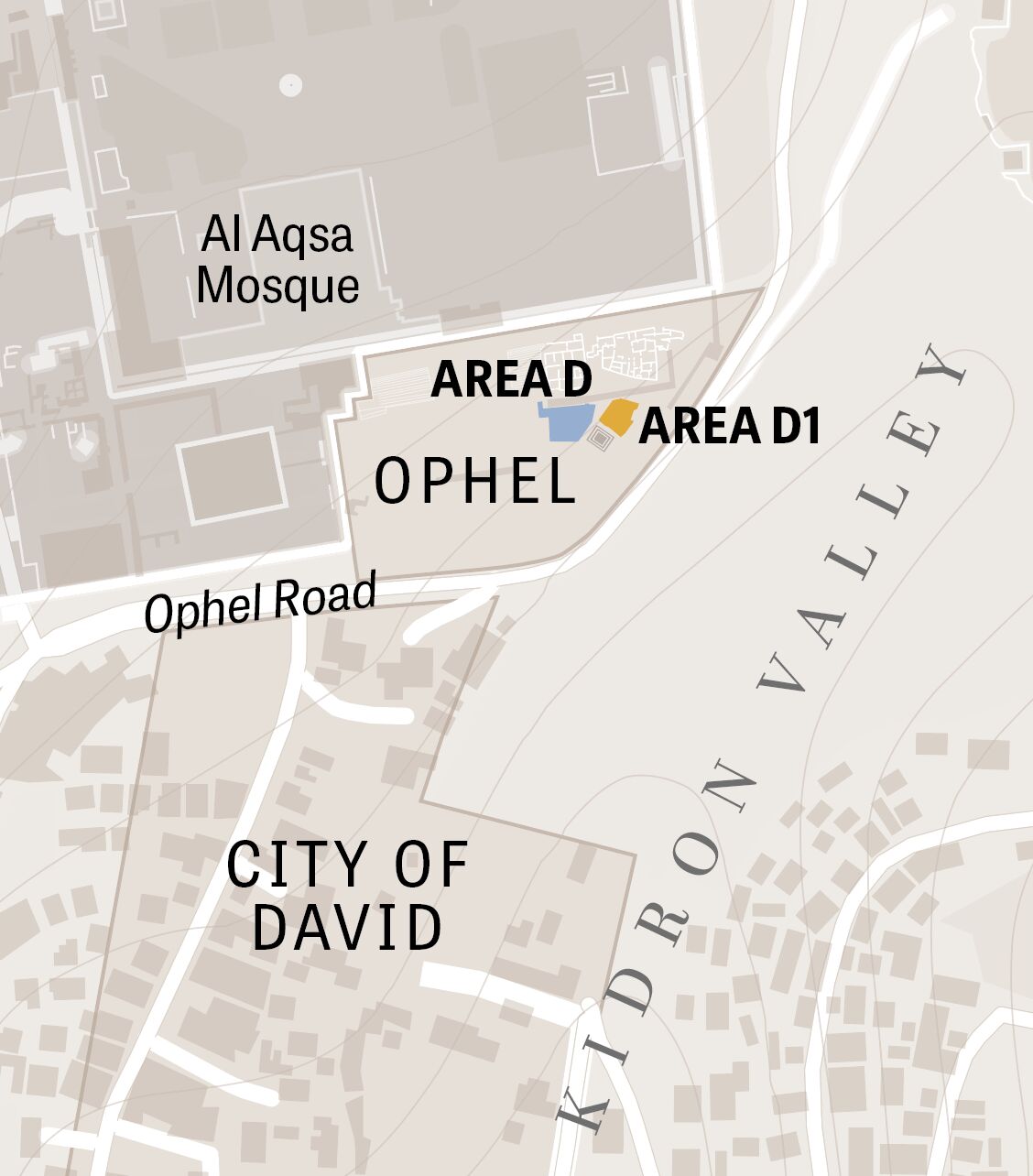
The 2024 Ophel Excavation, once again codirected by Prof. Uzi Leibner and Dr. Orit Peleg-Barkat—and again, in joint participation between Hebrew University (HU) and Armstrong College—continued in the same general area as the previous two excavations (2022 and 2023): on the eastern edge of the Ophel, overlooking the steep Kidron Valley. The team continued to excavate through primarily Byzantine material and continued to expose significant remains of an earlier complex, from what could variously be termed as the late Second Temple, Early Roman, Herodian or New Testament periods.
This earlier Second Temple Period complex, which we continue to expose, constituted a significant ritual purity/washing area, with pools and a drainage system, facilitating the needs of pilgrims and worshipers before entering the temple precinct, up until the destruction of the site in 70 c.e.
The 2024 dig consisted of two areas of excavation: areas D and D1. We excavated both these areas last season. The aim this year was to expand both areas, in terms of numbers of workers, territory covered and work accomplished. In just five weeks of work, the team—which varied between 30 to 40 volunteers—filled four 30-ton truck trailers and 21 large construction site skips with excavated earth and stone. We removed around 300 tons of material from the site and, more importantly, filled boxes and crates with valuable artifacts to be studied in the coming months and years.
The following is a snapshot of what we accomplished in areas D and D1, including a few of the discoveries we made.
Area D
Area D is the larger of the two areas. It is higher in elevation and is primarily occupied by a large multiroom Byzantine structure. This structure exhibits several phases of construction (up to four) and obscures the majority of the monumental Second Temple Period building underneath (the side walls of this earlier structure can be seen primarily at the southwestern end of the Byzantine building).

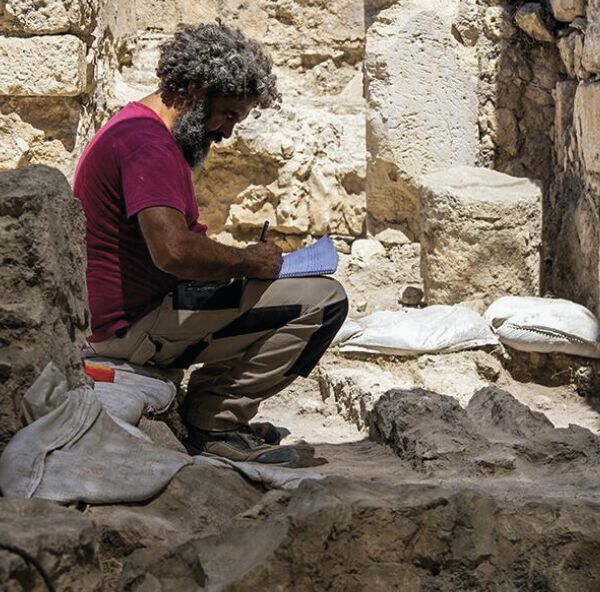
The goal this year was dual. First, to continue excavating the Byzantine structure, documenting its phases of construction. This is a significant structure with a surprising richness of finds, especially of a liturgical nature, suggesting a church was situated somewhere in the vicinity of the building. The various phases of construction exhibited allow the opportunity to examine the advancement of the domestic Byzantine neighborhood that developed in this Ophel location during this time. Second, our goal was to further reveal the significant Second Temple Period building underneath. The initial discovery of parts of this structure in 2013 and 2018 (during our excavations with Dr. Eilat Mazar) was exciting—particularly given the exceptional quality of construction, with finely dressed ashlar stones and steps.

Several surprises came from the 2024 season of excavation.
We were surprised to learn how extremely high the preservation of the late Second Temple Period building was within the Byzantine structure. When the dig began, we assumed that there was still a significant way to go to descend to the level of the earlier Herodian Period remains. However, these remains began appearing almost immediately across Area D. This high preservation of several early walls indicates the presence of more archaeological remains from this earlier period than we originally anticipated.
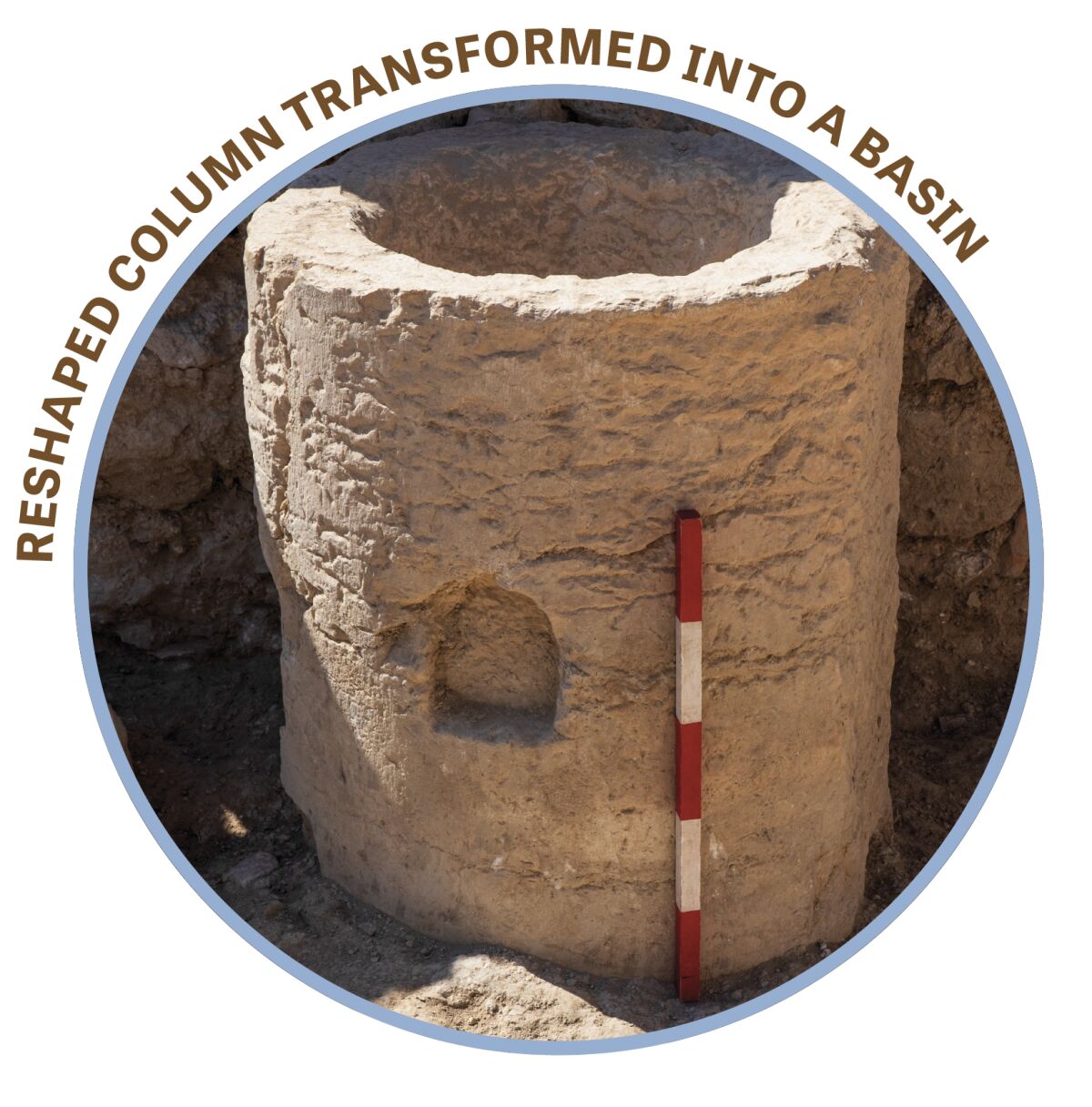
Another surprise was the tantalizing possibility that we may have discovered a large Iron Age (First Temple Period) wall. This is not something we expected considering the high elevation of Area D (Iron Age remains have been discovered on the Ophel, but they are all in much lower elevation sections to the south and east). Right now, it appears our Herodian Period structure may have been integrated with this wall. Further excavation is needed to prove that the wall dates as far back as the First Temple Period, but the surprising quantity of early pottery indicates this as a possibility.

Another surprise came at the very end of the season: the discovery of part of a Herodian vault at the southern end of Area D. This matches another parallel vault found at the end of the 2023 season on the eastern edge of Area D.
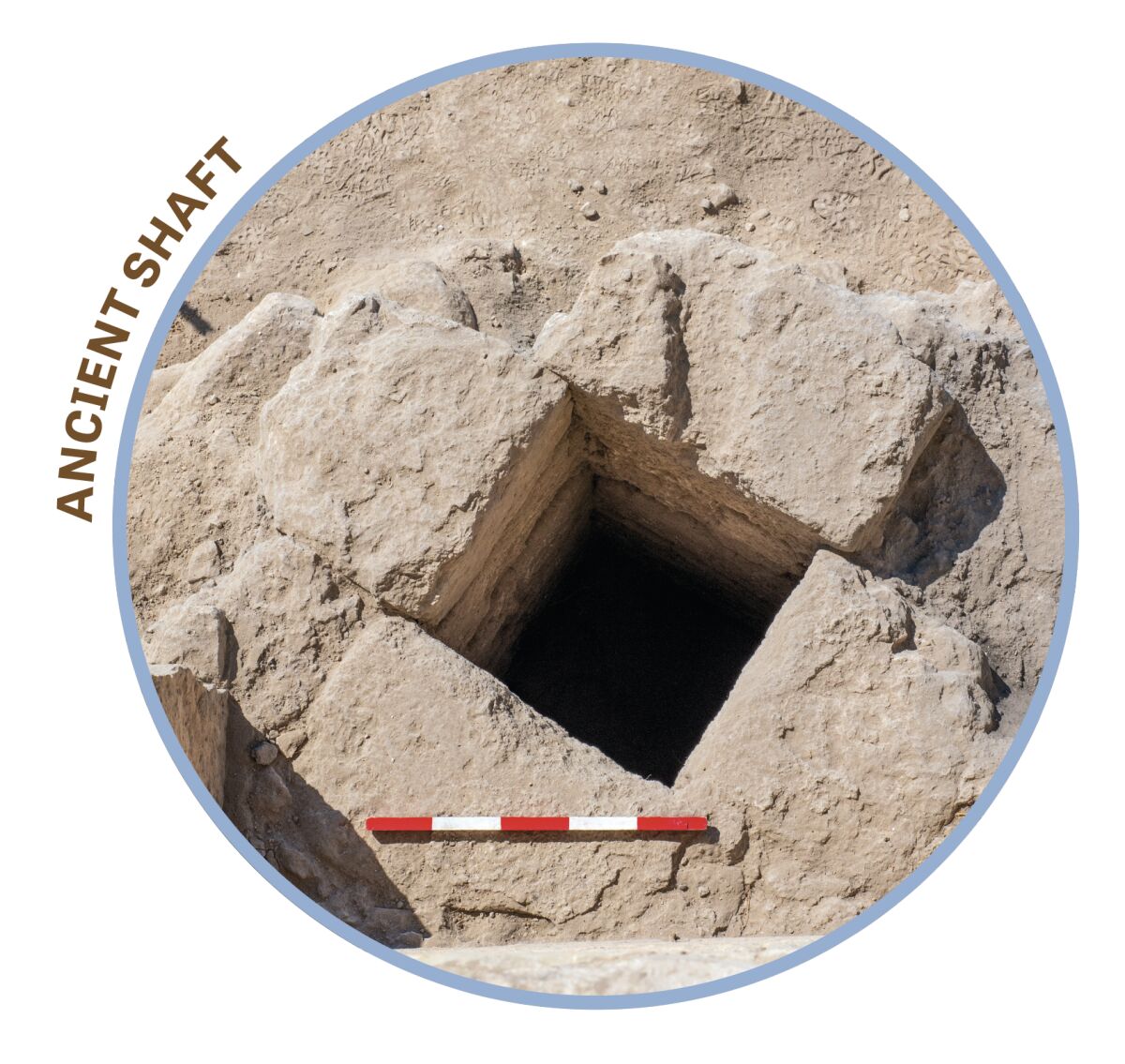
Numerous small finds discovered this season include nearly 150 coins, pilgrim flask fragments, figurines depicting Roman goddesses, Roman legion tiles and an ornate Roman table fragment.
Area D1
Area D1 originated in 2022 as the designation for a complex subterranean drainage system that carried water from the mikvaot (ritual purification baths) built into the grand Second Temple Period monumental building contained within Area D (hence the diminutive name, Area D1). With this underground tunnel system now cleared, this year Area D1 significantly expanded east into outer, adjacent areas.
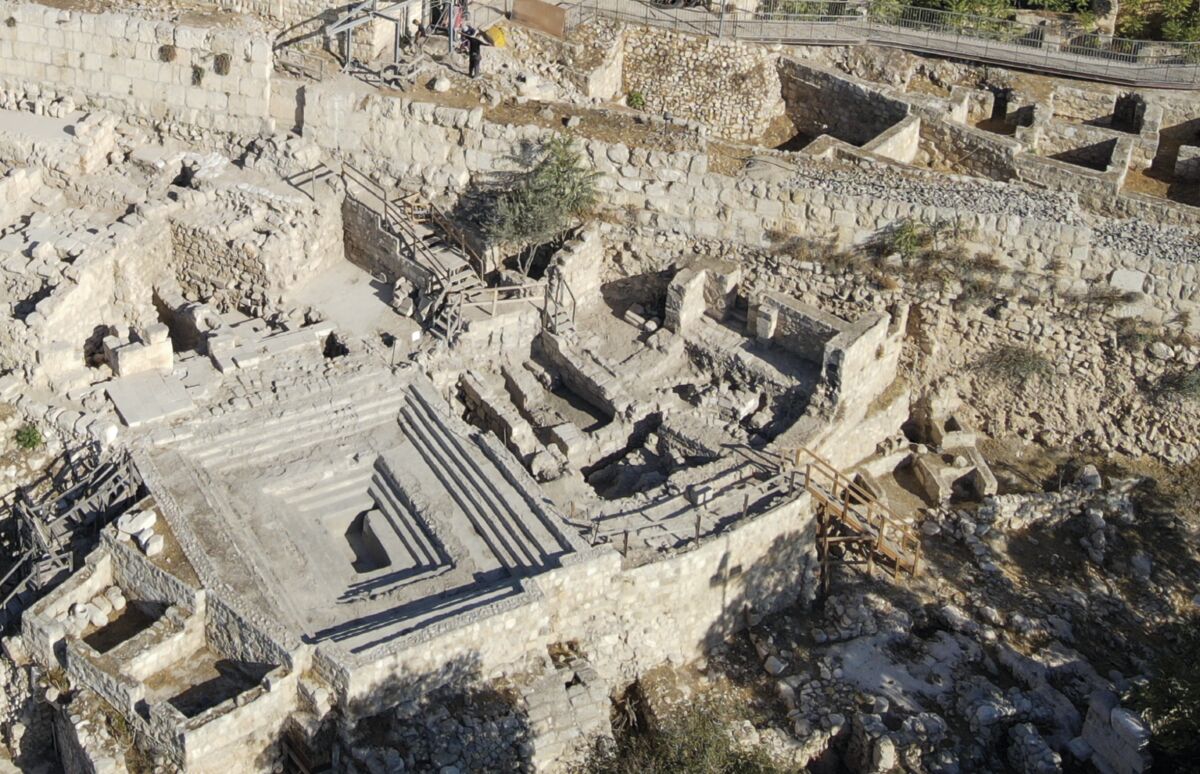
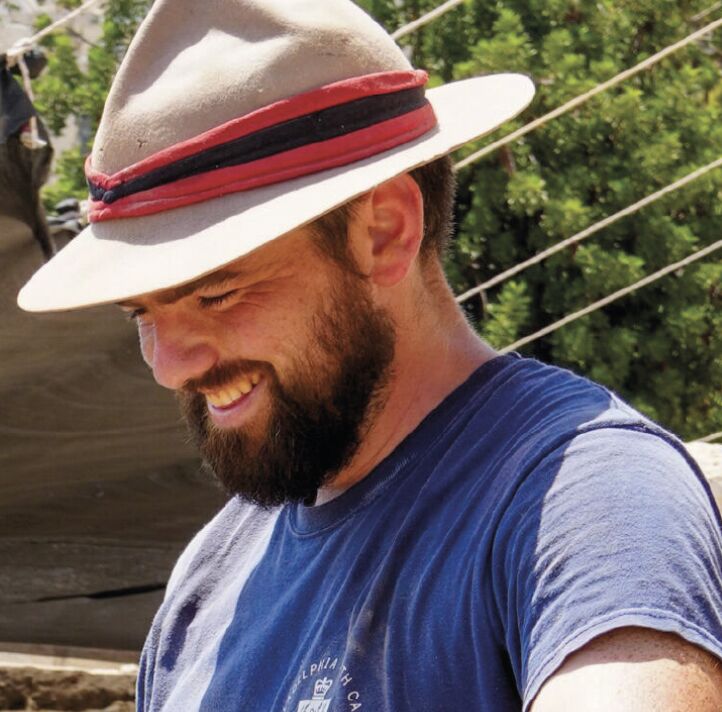
This season Area D1 primarily consisted of four Byzantine rooms east of Area D; the excavation of which also revealed numerous Second Temple Period walls and fully exposed the remaining drainage system.
This final, outer stretch of the Herodian Period drainage system provided the biggest surprise, particularly given its exceptionally high walls (preserved up to nearly 3 meters in height) and sweeping, curved—rather than straight—continuation. An even earlier Second Temple Period room was also discovered in Area D1, including a doorway and threshold.
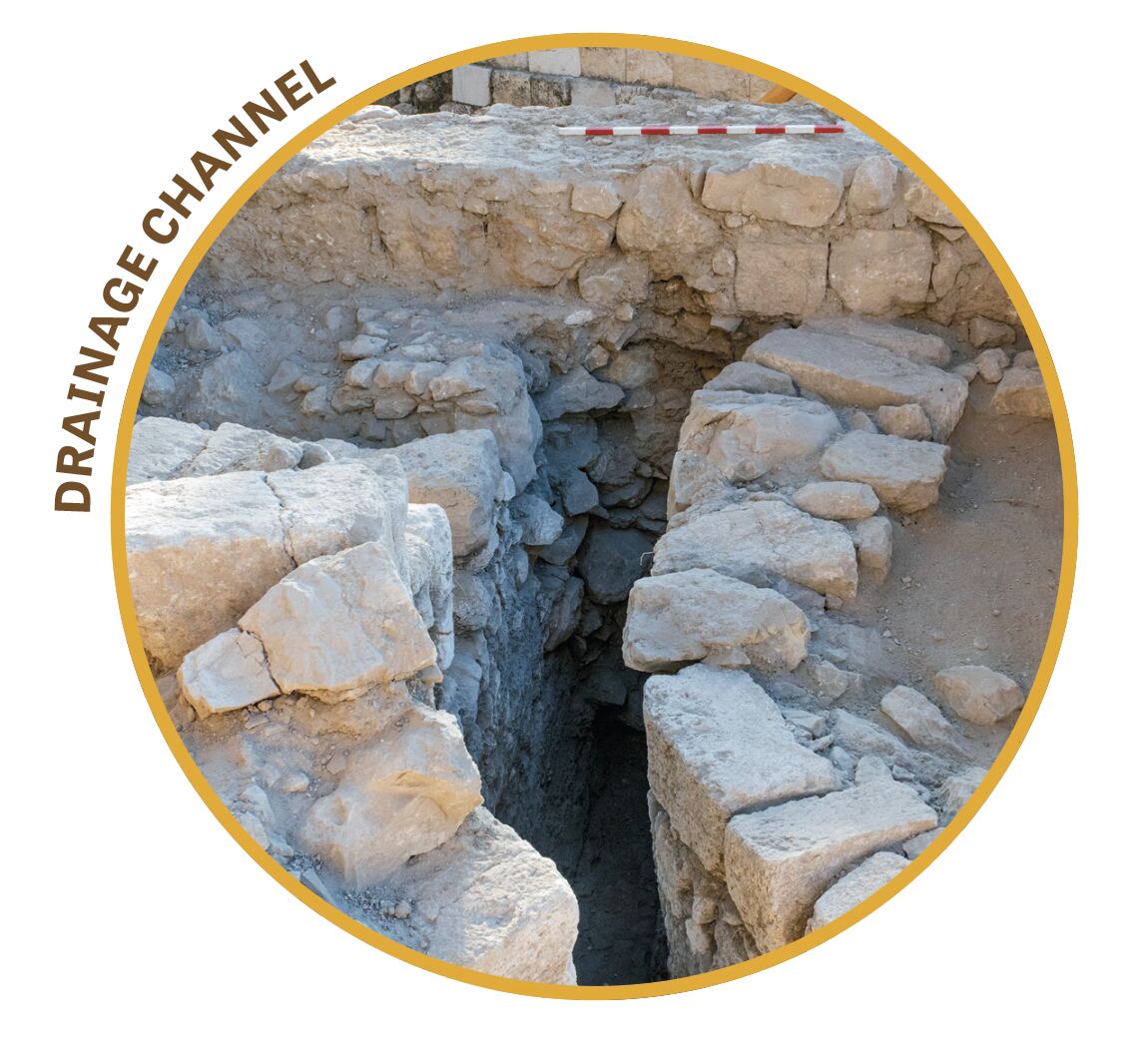
Additionally, a sealed Herodian stepped water reservoir was discovered, brimful of complete or near-complete vessels. Currently, just the outline and upper part of this reservoir has been exposed; this reservoir will be fully excavated next season. More of an even earlier, large Second Temple Period mikveh (ritual purification bath) continued to be revealed in Area D1 this season (the very edge of which had been first revealed last season); the preservation of some of the well-worked walls of this mikveh is also impressive, one of which stands at well over 3 meters tall. This earlier mikveh was most likely a public one. Its discovery has significant implications for our understanding of the development of the Ophel as a public area serving pilgrims in different stages of the Second Temple Period.

Among the extensive small finds were nearly 250 coins, numerous worked bone objects (part of a Byzantine bone-working industry), crucifix pieces, complete oil lamps, a large Herodian architectural fragment (with designs unique to the temple complex), and Roman legion tiles.
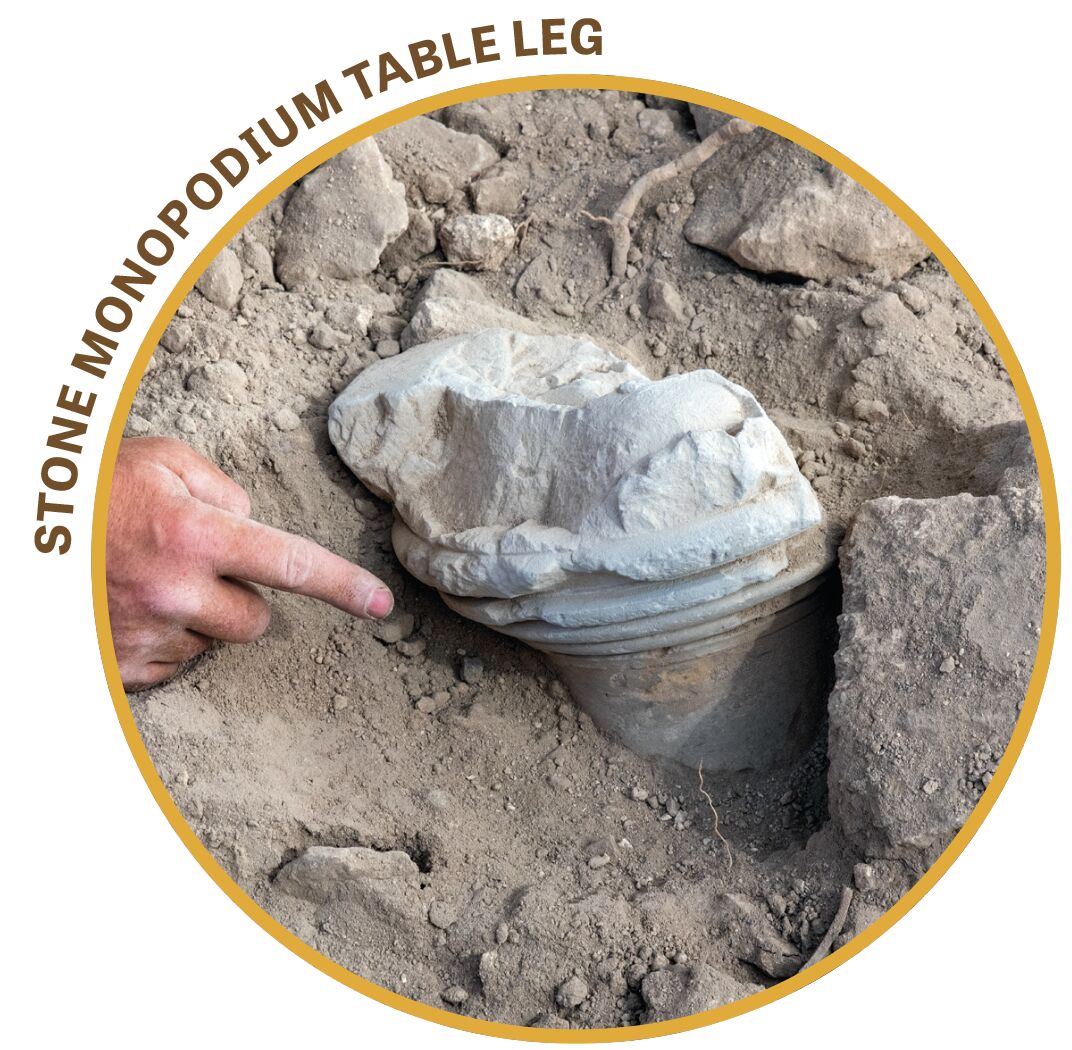
Additionally, as part of the Area D1 excavation, a small section was probed of the iconic four-sided Ophel mikveh/pool in order to ascertain phases of construction. A painstakingly slow, hammer-and-chisel excavation of the plaster layers was completed by volunteers Dara and Rachel. Samples of the pool’s several individual plaster layers were separated and taken for scientific analysis. We hope to eventually get a dating for each.
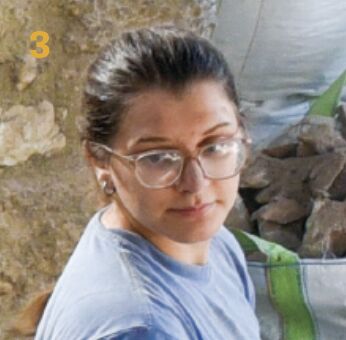
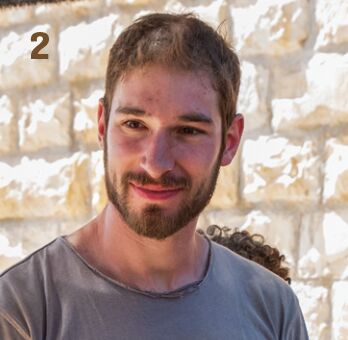

Area D1 had a number of assistant supervisors in succession. Unfortunately, partway through the excavation, Hebrew University student Nadav Rozenthal had to leave for military service in Gaza; fellow student Amihai Lifschitz likewise could only stay through part of the excavation; Armstrong College student Willow Powell served as assistant for the final weeks of the dig.


